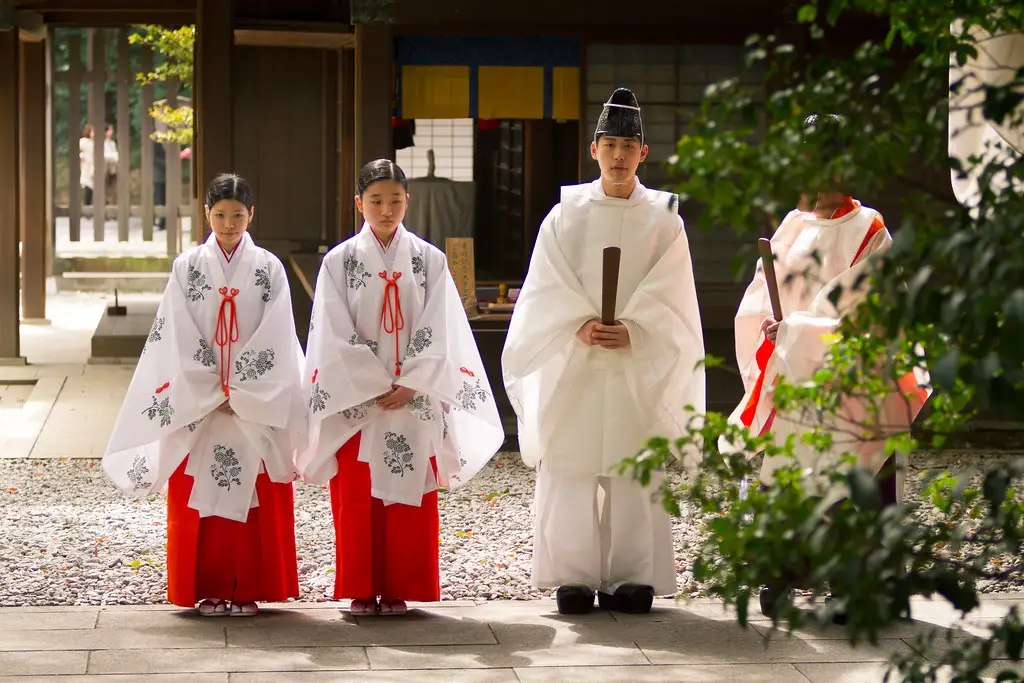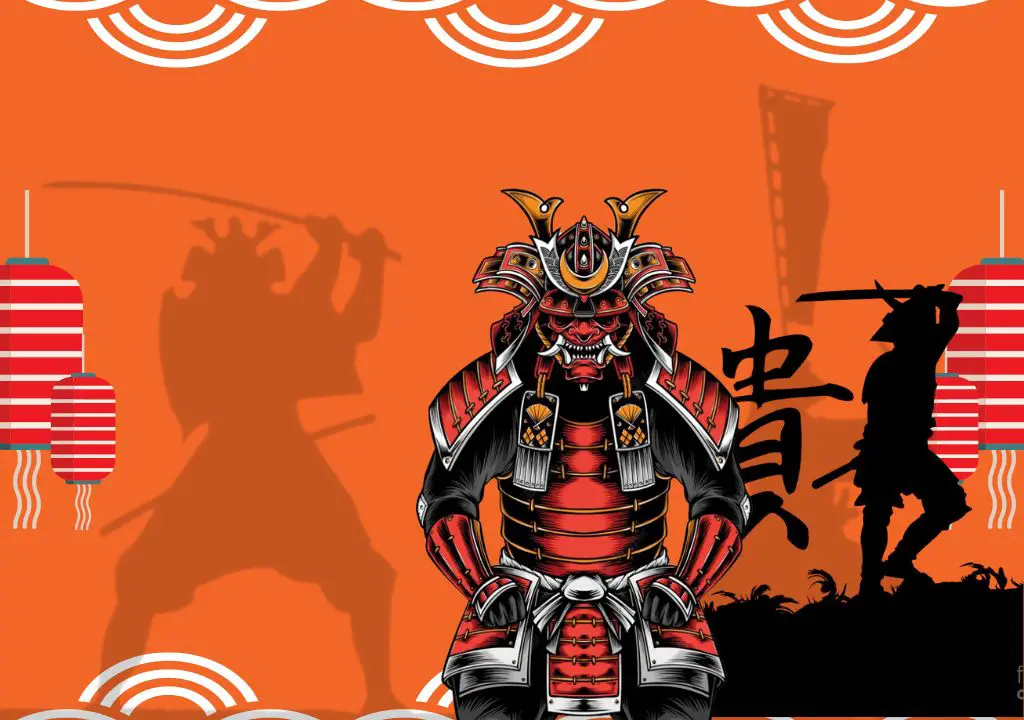Have you ever wondered what the middle finger means in Japan? As with most gestures, the meaning of the middle finger can vary depending on the culture and context in which it is used. In this post, we’ll explore the meaning of the middle finger in Japan and how it differs from its interpretation in Western cultures.
The Middle Finger in Japan: The Meaning
In Japan, the middle finger gesture (known as chūkan sokkuri) is not typically associated with the same offensive meaning as it is in the West. Instead, it is primarily used to indicate that something is perfect or complete. For example, a chef might use this gesture to show that a dish is perfectly seasoned or cooked to perfection. Similarly, a musician might use it to express that a performance was flawless.
Another use of the middle finger in Japan is as a form of silent communication. In some situations, it may be considered impolite to speak out loud, so the middle finger is used to convey a message without words. This can be seen, for example, when a customer in a restaurant wants to order more food or drinks without disturbing the other patrons.

The Middle Finger in Japan: Cultural Significance
In Japanese culture, politeness and respect are highly valued, and it is considered impolite to openly express negative emotions. Therefore, the middle finger gesture is not commonly used as an insult or a way to express anger or frustration. Instead, it is used more as a non-verbal way of communicating in situations where speaking out loud might be considered inappropriate or impolite.
It’s important to note that while the middle finger gesture is not commonly used as an insult in Japan, it is still considered a rude gesture in certain contexts. For example, using the middle finger while interacting with law enforcement officers or in a business setting could still be seen as disrespectful and offensive.
How to Avoid Misunderstandings When Communicating with Japanese People
To avoid any misunderstandings when communicating with Japanese people, it’s essential to understand the cultural significance of the middle finger gesture. If you’re unsure whether it is appropriate to use the middle finger in a particular situation, it’s best to err on the side of caution and avoid using it altogether.
Instead, use other forms of non-verbal communication, such as nodding, bowing, or using hand gestures that are more commonly used in Japanese culture. By being mindful of cultural differences, you’ll be able to communicate more effectively with Japanese people and avoid causing any unintentional offense.
Conclusion
In conclusion, the middle finger gesture in Japan has a very different cultural significance than it does in the West. It is primarily used as a non-verbal way of communicating perfection or completion and is not commonly used as an insult or a way to express anger or frustration. To avoid any misunderstandings when communicating with Japanese people, it’s essential to be aware of these cultural differences and to use other forms of non-verbal communication that are more commonly used in Japanese culture.



